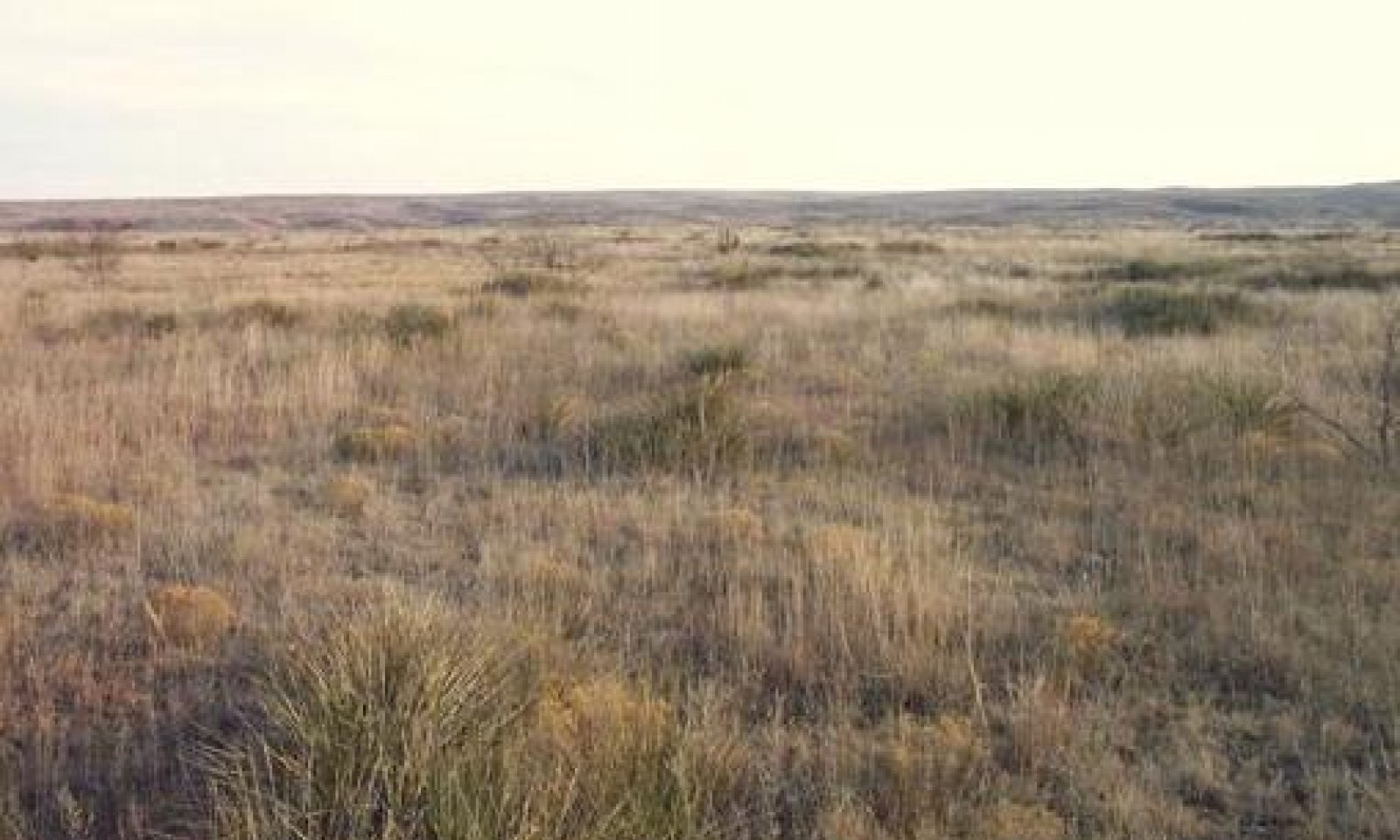
Sandy Loam 12-18" PZ
Scenario model
Current ecosystem state
Select a state
Management practices/drivers
Select a transition or restoration pathway
- Transition T1A More details
- Transition T1B More details
- Restoration pathway R2A More details
- Transition T2A More details
- Restoration pathway R3A More details
- Restoration pathway R3B More details
-
No transition or restoration pathway between the selected states has been described
Target ecosystem state
Select a state
Description
The Grassland State is best characterized as warm-season mid-grasses with somewhat lesser amounts of short-grass species and scattered short shrubs. Tallgrasses occur but are somewhat infrequent, and are found in micro environments that receive extra runoff. Perennial and annual forbs make up from 5 to 10 percent of total annual production. Shrubs account for approximately 5 to 8 percent of total annual production, with some variation in species often occurring from one locality to another. Bunch grasses are most prevalent with lesser amounts of sod-forming species. Annual production reaches 1,750 pounds per acre.
Submodel
Description
There has been a decrease in mid-grasses, an increase in both blue and black grama production, and some minor increases in the shrub component (mainly mesquite and sand sagebrush). The amount of perennial forbs has decreased somewhat from that of the HCPC, but that may be due to moisture fluctuations more than grazing management. The production level is less than in the HCPC, which approaches 1,445 pounds.
Submodel
Description
There are only small amounts of mid-grasses present. Short-grasses dominate with a significant increase in sand sagebrush and more open turf. There has also been an increase in broom snakeweed, perennial threeawn, and dropseeds. There has also been an increase in bare ground. Blue grama is the dominant short-grass species. Vigor of the blue grama is low, and some increase in annual forbs is visible.
Submodel
Mechanism
With heavy continuous grazing and no fires (over a ten to twenty year period), the Grassland State will transition into the Shortgrass State.
Mechanism
With heavy continuous grazing, long-term droughts, brush invasion, and no brush management practices, the Grassland State will transition into the Shortgrass/Shrubland State.
Mechanism
Conservation practices implemented such as Prescribed Grazing (which also includes growing season rest), Pest Management, and selective Brush Management (i.e. Individual Plant Treatments) over less than a five year timeframe.
Relevant conservation practices
| Practice | External resources |
|---|---|
|
Brush Management |
|
|
Prescribed Grazing |
|
|
Integrated Pest Management (IPM) |
Mechanism
Continuation of heavy continuous grazing pressure, lack of fire, brush invasion, long-term drought conditions, no brush management, no pest management, and no desirable rest periods for plant growth have allowed the Shortgrass State to transition to the Shortgrass/Shrubland State.
Mechanism
With conservation practices such as Prescribed Grazing, growing season rests, and selective Brush and Pest Management over a five to seven year period, the Shortgrass/Shrubland State can be restored to the Grassland State.
Relevant conservation practices
| Practice | External resources |
|---|---|
|
Brush Management |
|
|
Prescribed Grazing |
|
|
Integrated Pest Management (IPM) |
Mechanism
With conservation practices such as Prescribed Grazing, Brush and Pest Management over a three to four year period, the Shortgrass/Shrubland State can be restored to the Shortgrass State.
Relevant conservation practices
| Practice | External resources |
|---|---|
|
Brush Management |
|
|
Prescribed Grazing |
|
|
Integrated Pest Management (IPM) |
Model keys
Briefcase
Add ecological sites and Major Land Resource Areas to your briefcase by clicking on the briefcase (![]() ) icon wherever it occurs. Drag and drop items to reorder. Cookies are used to store briefcase items between browsing sessions. Because of this, the number of items that can be added to your briefcase is limited, and briefcase items added on one device and browser cannot be accessed from another device or browser. Users who do not wish to place cookies on their devices should not use the briefcase tool. Briefcase cookies serve no other purpose than described here and are deleted whenever browsing history is cleared.
) icon wherever it occurs. Drag and drop items to reorder. Cookies are used to store briefcase items between browsing sessions. Because of this, the number of items that can be added to your briefcase is limited, and briefcase items added on one device and browser cannot be accessed from another device or browser. Users who do not wish to place cookies on their devices should not use the briefcase tool. Briefcase cookies serve no other purpose than described here and are deleted whenever browsing history is cleared.
Ecological sites
Major Land Resource Areas
The Ecosystem Dynamics Interpretive Tool is an information system framework developed by the USDA-ARS Jornada Experimental Range, USDA Natural Resources Conservation Service, and New Mexico State University.




